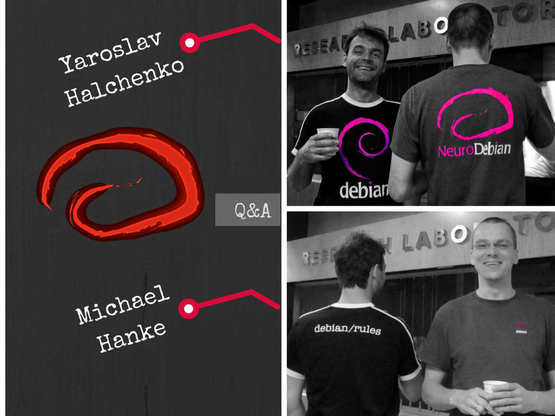|
BY THE OHBM BLOG TEAM
As brain mappers start to log off their computers, comfortable in the knowledge that their OHBM 2018 abstract is finally submitted, we, at the OHBM Blog, offer a round-up of our most interesting and informative posts from 2017. This platter of self-citations should provide sustenance for those experiencing neuroscience hunger pangs throughout the holiday season. Each of our main contributors provides insight into their favourite posts - and if you feel you’d like to contribute as a guest blogger next year, let us know!
0 Comments
Neuroimagers face an ocean of software tools that have the potential to make research transparent, sharable, and collaborative. Open science is on the horizon, and we could use some instructions on how to ride the open software wave. We couldn’t think of better software surfers than Michael Hanke and Yaroslav Halchenko, the creators of NeuroDebian. NeuroDebian is a curated ecosystem of neuroscience research software that runs on virtually everything. It originally started as a personal convenience tool in 2005, then went above and beyond its initial purpose, finally transforming into a widely-used and globally accessible platform.
AK: What is NeuroDebian? Can you briefly explain it in layman's terms? BY MICHELE VELDSMAN AND SHRUTI VIJ Academia provides a unique set of challenges throughout one’s career. It is often highly competitive and uncertain. The evolution of science is unpredictable and this can leave researchers, at all stages, unsure of what next steps to take, how to manage their careers, or build their confidence. Mentorship is key to navigating a career in the face of this uncertainty. Successful mentorship requires an unbiased perspective from an experienced individual within academia who is dedicated to your personal and professional development.
This year, the OHBM Student and Postdoc SIG launched an international, online mentoring programme. This novel programme, pairs researchers of all levels across the globe. By pairing individuals across the international community, mentors can bring a fresh, objective perspective to the relationship while mentees provide a unique window into the changing landscape of research. Over 400 OHBM members enrolled in the programme in the first 6 months! |
BLOG HOME
Archives
January 2024
|

 RSS Feed
RSS Feed